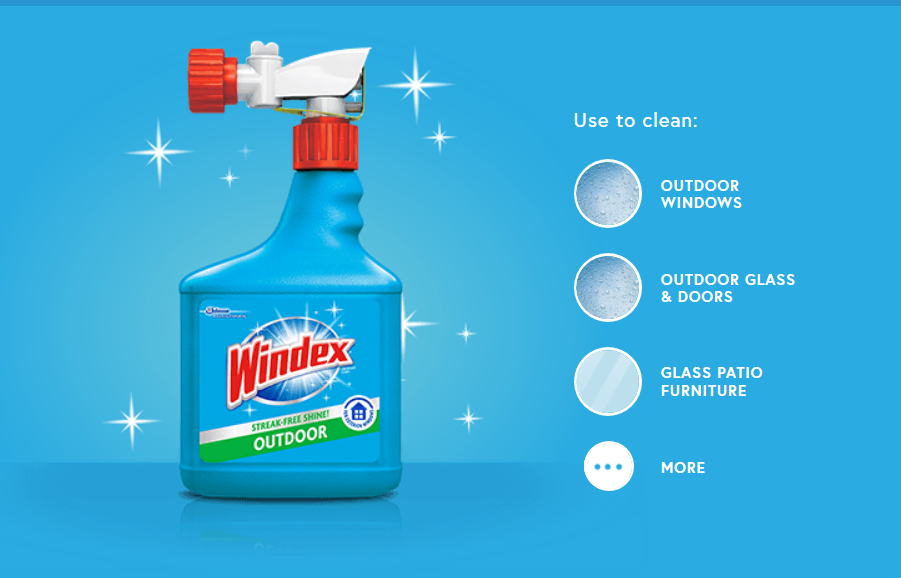Tiny House Living: The Unfiltered Truth

Tiny houses are more than just a trend; they represent a shift in how we think about space, ownership, and living. Imagine stepping into a home that fits neatly on wheels or snugly between two trees—it’s both liberating and challenging. As charming as these compact dwellings can be, the reality of tiny house living often goes beyond Instagram-worthy photos.
There’s an unfiltered truth lurking behind that minimalist aesthetics. From clever storage solutions to unexpected zoning laws, every aspect requires a unique approach. If you’re considering taking the plunge into this lifestyle—or simply curious about what it entails—you’re in for quite the journey. Let’s dive deeper into the realities of tiny house living and share insights that could reshape your perspective!
Storage Hacks You Never Knew You Needed
 In a tiny house, every inch counts. That’s where creative storage hacks come into play. Think vertical—install shelves high up on walls to utilize otherwise wasted space. Use multi-functional furniture as well. A bench can double as storage for shoes or blankets. Ottomans with hidden compartments are another fantastic option. They provide seating while keeping clutter at bay.
In a tiny house, every inch counts. That’s where creative storage hacks come into play. Think vertical—install shelves high up on walls to utilize otherwise wasted space. Use multi-functional furniture as well. A bench can double as storage for shoes or blankets. Ottomans with hidden compartments are another fantastic option. They provide seating while keeping clutter at bay.
Magnetic strips aren’t just for the fridge; they can hold knives, tools, and even spices in tight nooks. This keeps countertops clear and essentials within reach. Under-bed storage is also a game changer. Invest in bins that slide easily beneath your mattress for seasonal clothing or extra linens.
Zoning Laws and Parking Surprises
Did you know that each location on Earth has its own set of rules, and tiny houses often fall into gray areas? Some regions embrace them; others don’t want to see them at all. You might find the perfect plot of land only to discover it’s not zoned for tiny living. It’s crucial to do your homework beforehand.
Research local regulations thoroughly, as they dictate where you can park or build your home. Parking surprises also come into play. You may think you have everything sorted out until you realize that parking permits are required in certain neighborhoods or developments. Be prepared for unexpected fees and restrictions. Not every spot will offer the ideal lifestyle you’ve envisioned.
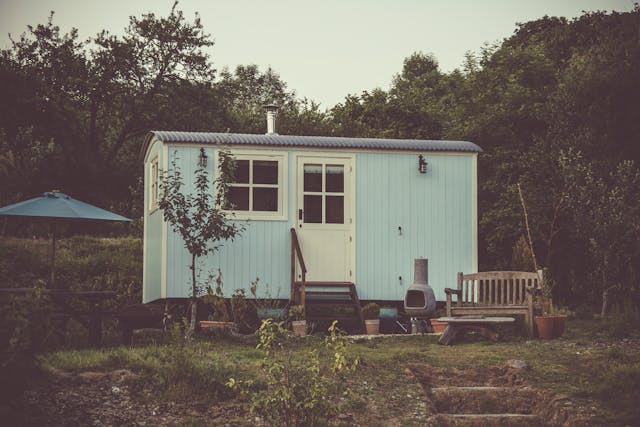
Social Life on 400 Square Feet
Living in 400 square feet can feel cozy, but it also presents unique challenges for socializing. Inviting friends over requires a bit of creativity. Think about outdoor spaces or community areas as extensions of your home. Small gatherings can be intimate and memorable. A few close friends can transform that compact living room into a vibrant gathering spot. Sharing meals becomes an event, not just a routine. However, larger parties might require some planning. Consider hosting at local parks or cafes to accommodate more guests while keeping your tiny space uncluttered. Don’t underestimate the power of technology either! Video calls with distant friends keep connections alive without requiring physical space.
Weather’s Impact on Small Spaces
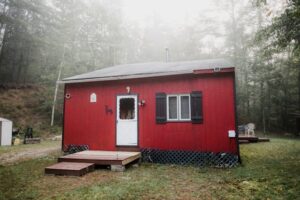 Weather can be a game-changer for tiny house dwellers. When it pours, even the coziest nook can feel cramped and damp. Moisture tends to creep in when space is limited, making ventilation essential. On sunny days, small spaces can heat up quickly. Without ample shade or insulation, your tiny home might transform into an oven. Portable fans become your best friends during the summer months.
Weather can be a game-changer for tiny house dwellers. When it pours, even the coziest nook can feel cramped and damp. Moisture tends to creep in when space is limited, making ventilation essential. On sunny days, small spaces can heat up quickly. Without ample shade or insulation, your tiny home might transform into an oven. Portable fans become your best friends during the summer months.
Winter brings its own challenges. Keeping warm without excessive energy consumption requires smart planning and efficient heating solutions. Many tiny homeowners rely on wood stoves or electric heaters to stay cozy. Seasonal changes also influence organization and decor choices. You may find yourself swapping out heavy blankets for lighter fabrics as temperatures shift, maximizing comfort while maintaining style. Tiny house living offers a unique lifestyle choice that comes with its own set of challenges and rewards. Tiny house living isn’t just about downsizing—it’s about rethinking how we live and interact in our environments. Embracing this lifestyle means being adaptable and open-minded about what “home” truly means to you.…

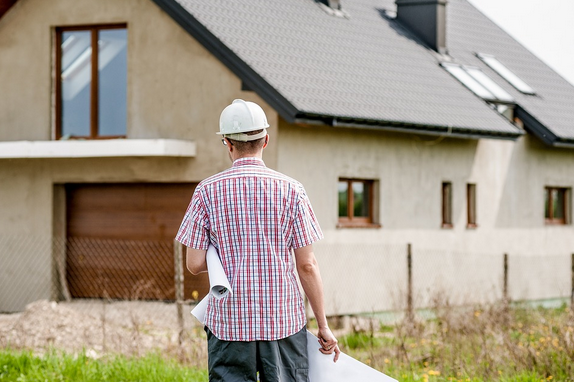
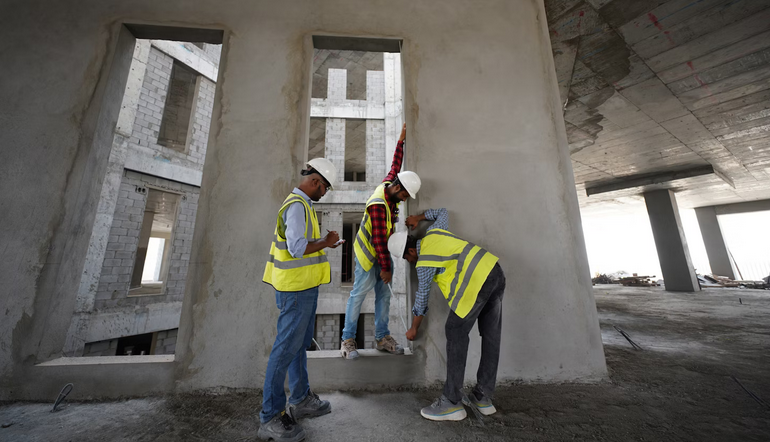
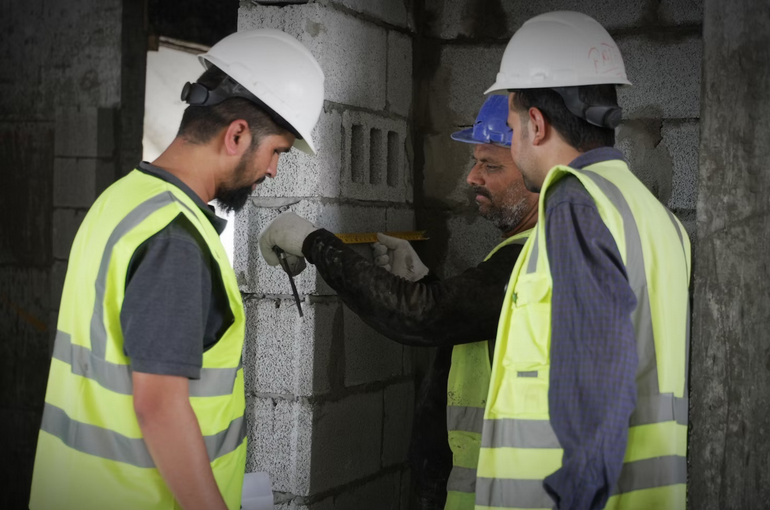
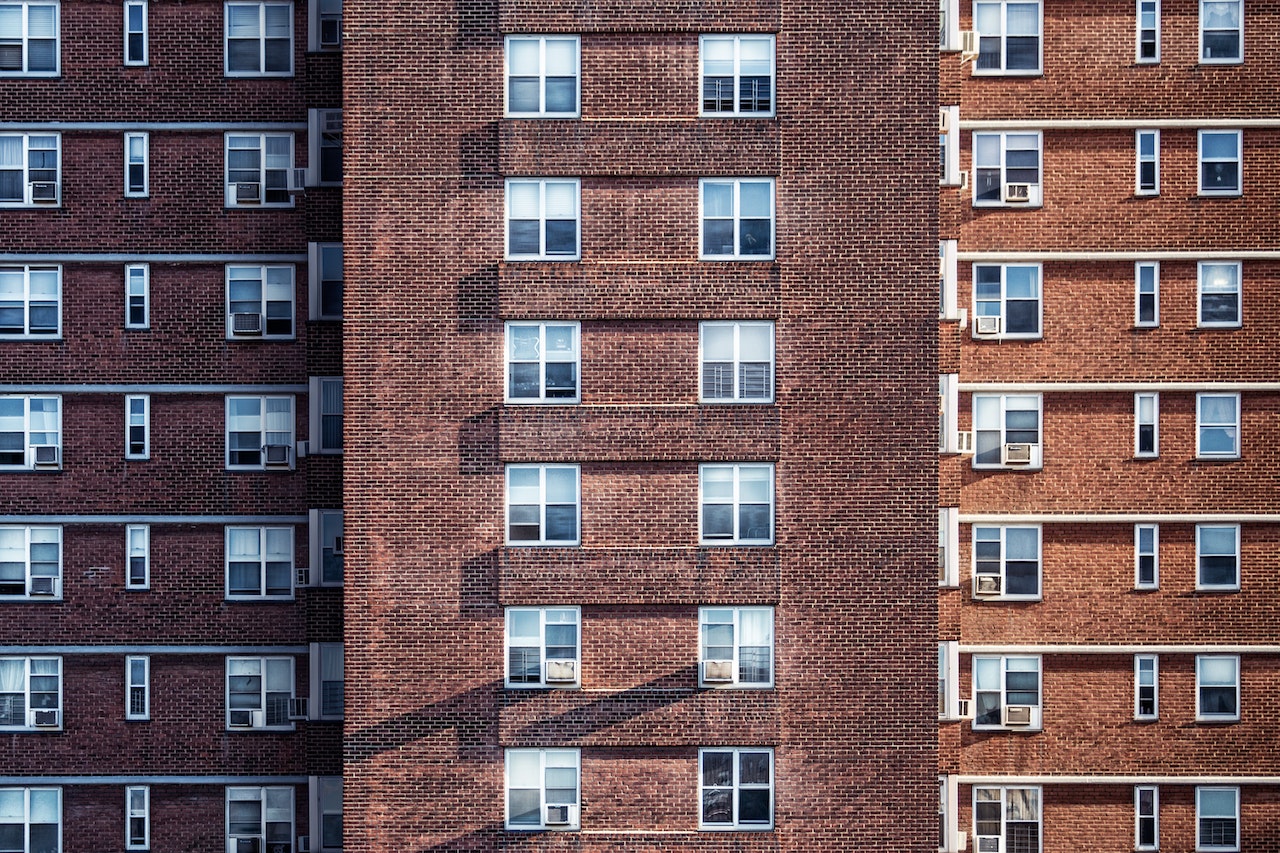


 Mulching is beneficial for protecting your plants from cold weather. It helps insulate the soil and keep it at a more consistent temperature throughout winter, preventing it from freezing. When mulching, make sure you spread an even layer of 2-3 inches around your plants. Don’t forget to add extra layers of mulch to the roots of trees and shrubs, as this will help to protect them from the cold.
Mulching is beneficial for protecting your plants from cold weather. It helps insulate the soil and keep it at a more consistent temperature throughout winter, preventing it from freezing. When mulching, make sure you spread an even layer of 2-3 inches around your plants. Don’t forget to add extra layers of mulch to the roots of trees and shrubs, as this will help to protect them from the cold. The last thing you want to do when wintering your garden is leave some leaves and debris behind. Not only does this make your garden look untidy, it can also attract pests and cause diseases. As such, be sure to rake out the beds before winter arrives and clear up any fallen fruits or plant material that might be lying around. By avoiding these common mistakes, you’ll be well on your way to having a garden ready for winter and able to thrive in the cold months ahead.
The last thing you want to do when wintering your garden is leave some leaves and debris behind. Not only does this make your garden look untidy, it can also attract pests and cause diseases. As such, be sure to rake out the beds before winter arrives and clear up any fallen fruits or plant material that might be lying around. By avoiding these common mistakes, you’ll be well on your way to having a garden ready for winter and able to thrive in the cold months ahead.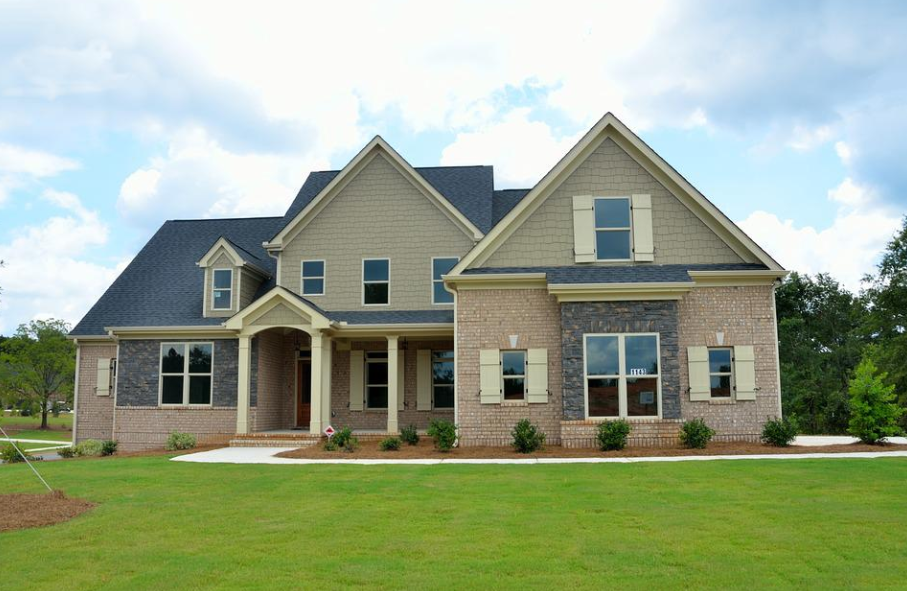
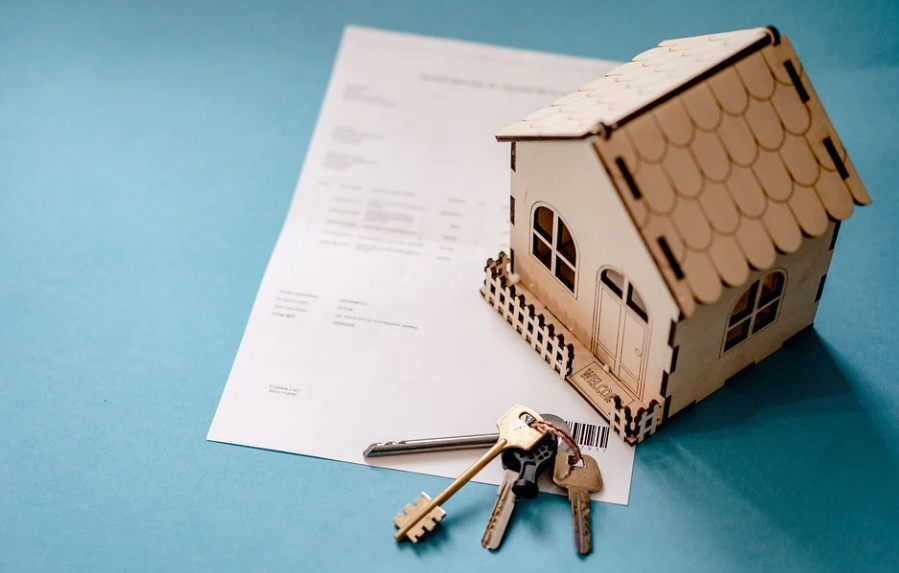 One of the biggest mistakes people make when buying a new home is not shopping around for the best mortgage option. There are so many different lenders, and each offers different interest rates and terms. It’s important to compare all of your options before settling on one to ensure you get the best deal possible. For instance, you might want to consider an adjustable-rate mortgage if you think interest rates will go down.
One of the biggest mistakes people make when buying a new home is not shopping around for the best mortgage option. There are so many different lenders, and each offers different interest rates and terms. It’s important to compare all of your options before settling on one to ensure you get the best deal possible. For instance, you might want to consider an adjustable-rate mortgage if you think interest rates will go down. One of the people’s most common mistakes when buying a new home is outspending their budget. Just because you’re approved for a certain amount doesn’t mean you have to spend it. It’s essential to stick to your budget not to end up house poor. Remember, other costs are associated with owning a home, such as maintenance, repairs, and property taxes. So make sure you factor all of these things into your budget before making an offer on a home.
One of the people’s most common mistakes when buying a new home is outspending their budget. Just because you’re approved for a certain amount doesn’t mean you have to spend it. It’s essential to stick to your budget not to end up house poor. Remember, other costs are associated with owning a home, such as maintenance, repairs, and property taxes. So make sure you factor all of these things into your budget before making an offer on a home.

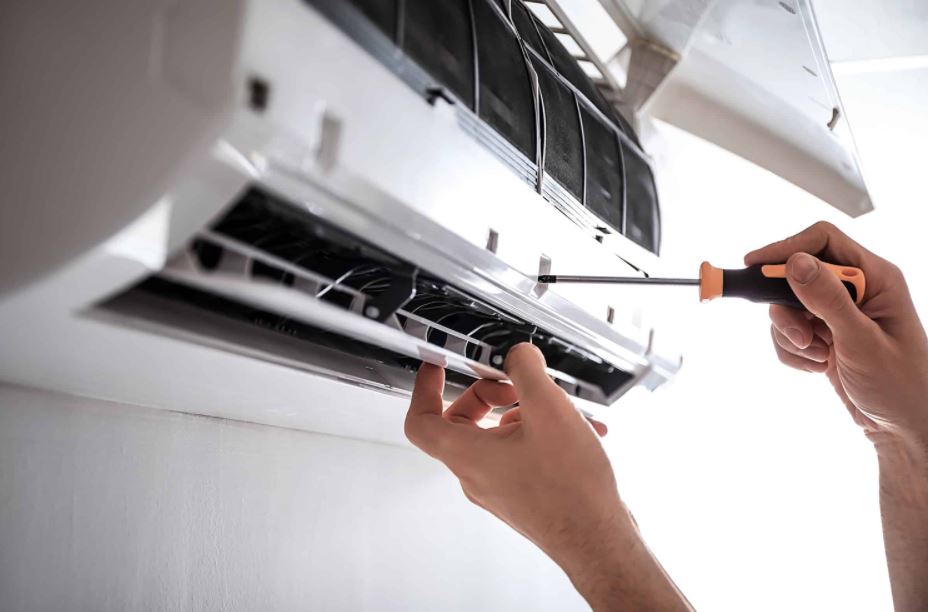
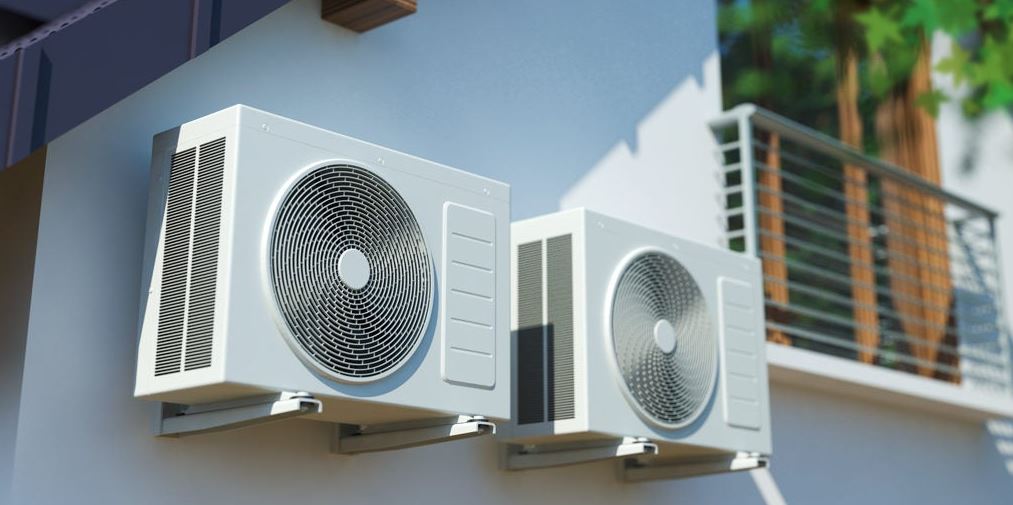 If you don’t know how to find your way around the various technical specifications of the many air conditioners on the market, here are some practical tips to consider before purchasing any appliance.
If you don’t know how to find your way around the various technical specifications of the many air conditioners on the market, here are some practical tips to consider before purchasing any appliance.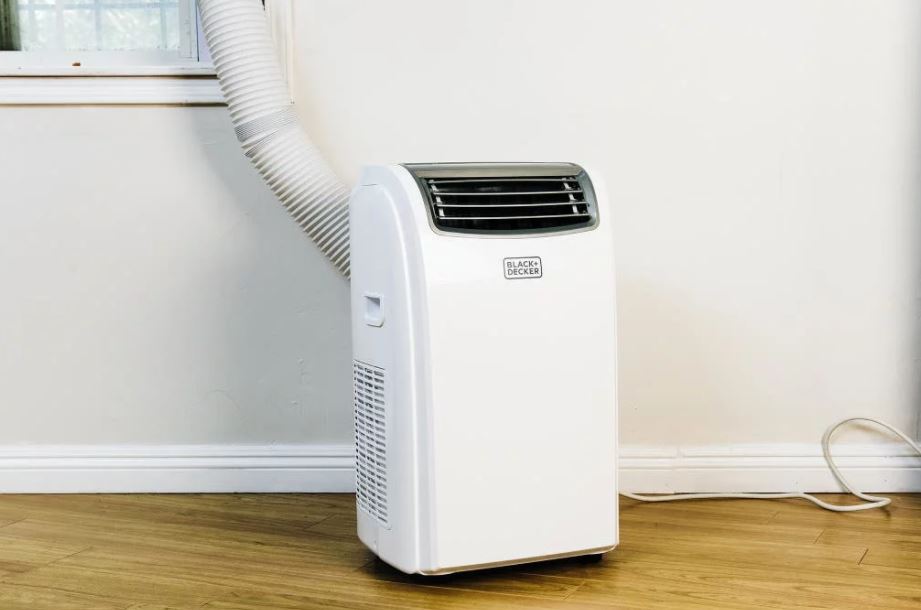 It may seem like a silly question, but it isn’t. If you buy an air conditioner, of course, it is because you need to cool the interior spaces of your home. But this is only the basic function. Especially for fixed installations, there is the possibility to choose between other options in addition to the cooling capacity.
It may seem like a silly question, but it isn’t. If you buy an air conditioner, of course, it is because you need to cool the interior spaces of your home. But this is only the basic function. Especially for fixed installations, there is the possibility to choose between other options in addition to the cooling capacity.
 The average cost of housing and living in Georgia is lower than in the rest of the United States. Georgia has more housing per dollar than other states. This lower cost is an excellent advantage for people buying or building a home. Many people can’t dream of owning a home in big cities like Los Angeles or New York. It’s easy to find an affordable home in Georgia. You get more for your money in Georgia than in other parts of the country, and we have affordable housing.
The average cost of housing and living in Georgia is lower than in the rest of the United States. Georgia has more housing per dollar than other states. This lower cost is an excellent advantage for people buying or building a home. Many people can’t dream of owning a home in big cities like Los Angeles or New York. It’s easy to find an affordable home in Georgia. You get more for your money in Georgia than in other parts of the country, and we have affordable housing. Georgia is a fantastic place to experience the southern culture. On the streets, you can find a wide variety of music, including rhythm and blues and rock and roll. Like other southern states, Georgia has a rich history of popular music. However, for modern musical entertainment, there is a vibrant hip-hop scene. Georgians prefer eating peaches to any other cuisine. Southern barbecue is the best, but Georgia is also a great producer of peanuts, pecans, and peaches. Be sure to try some before you go.
Georgia is a fantastic place to experience the southern culture. On the streets, you can find a wide variety of music, including rhythm and blues and rock and roll. Like other southern states, Georgia has a rich history of popular music. However, for modern musical entertainment, there is a vibrant hip-hop scene. Georgians prefer eating peaches to any other cuisine. Southern barbecue is the best, but Georgia is also a great producer of peanuts, pecans, and peaches. Be sure to try some before you go.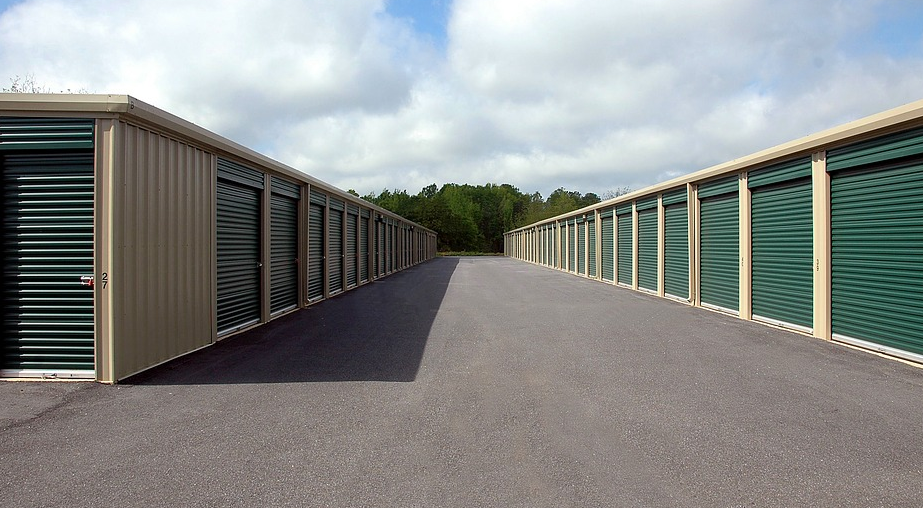
 One of the many reasons that homeowners choose to rent storage units is that they can store valuable items safely. Many items may have some sentimental value to you. It can be some books, music or even a bike. Since those items you wish to store mean a lot to you, you should ensure that they are safe.
One of the many reasons that homeowners choose to rent storage units is that they can store valuable items safely. Many items may have some sentimental value to you. It can be some books, music or even a bike. Since those items you wish to store mean a lot to you, you should ensure that they are safe. It is always wise to consider the opinions of others before making a point. You should ensure that you take some time to read online reviews about a given storage facility. Many storage facilities claim to be the best, but this is not always the truth.
It is always wise to consider the opinions of others before making a point. You should ensure that you take some time to read online reviews about a given storage facility. Many storage facilities claim to be the best, but this is not always the truth.
 Furniture is an integral part of the living space. Many decorative furniture pieces give the living room ambiance a luxurious and cozy look, from sofa sets to antique tables. To enhance a living room’s ambiance, you need to consider the type of furniture, size, and taste. Chairs and
Furniture is an integral part of the living space. Many decorative furniture pieces give the living room ambiance a luxurious and cozy look, from sofa sets to antique tables. To enhance a living room’s ambiance, you need to consider the type of furniture, size, and taste. Chairs and  There is no better and very affordable way to freshen up your living space than with a new paint coat. It’s not a very difficult job at all, and anyone can finish it. All it takes is a little patience and advice. Painting interior walls are the easiest way to freshen up the spaces in your home, but it has to be done carefully. By adding a few paint coats, you can completely change the look of your light fixtures and room to turn it into a great room.
There is no better and very affordable way to freshen up your living space than with a new paint coat. It’s not a very difficult job at all, and anyone can finish it. All it takes is a little patience and advice. Painting interior walls are the easiest way to freshen up the spaces in your home, but it has to be done carefully. By adding a few paint coats, you can completely change the look of your light fixtures and room to turn it into a great room.



 One of the most significant mistakes people make is to wait until a boiler stops functioning to call a repair team. This may end up costing more time and money and shorten the lifespan of a boiler. Most boilers come with a 5 to 10 years warranty but to meet the standard of the warranty, the selling companies require the boiler to have regular maintenance regardless of whether it has developed problems or not.
One of the most significant mistakes people make is to wait until a boiler stops functioning to call a repair team. This may end up costing more time and money and shorten the lifespan of a boiler. Most boilers come with a 5 to 10 years warranty but to meet the standard of the warranty, the selling companies require the boiler to have regular maintenance regardless of whether it has developed problems or not.


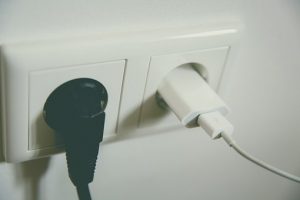


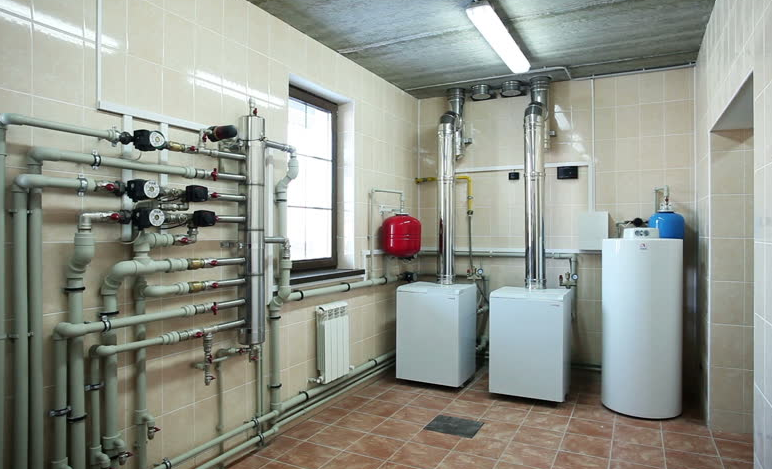
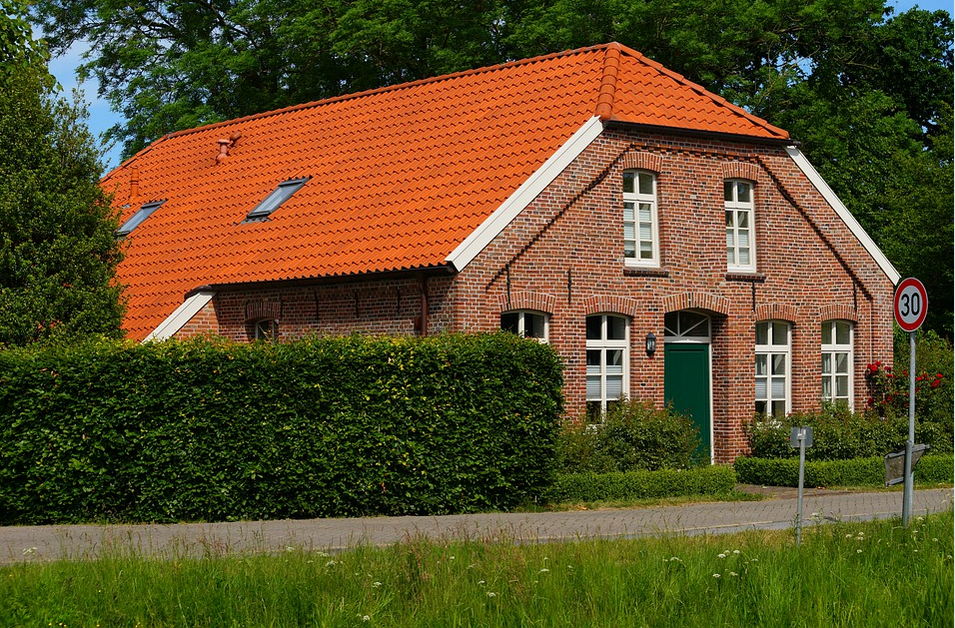
 You will be working with a dynamic team, and you need to organize it early enough to streamline the work. It is advisable to interview different contractors before deciding on who is going to work on your project. The meetings are educative because you get a chance to compare the various services each contractor can offer and their pricing.
You will be working with a dynamic team, and you need to organize it early enough to streamline the work. It is advisable to interview different contractors before deciding on who is going to work on your project. The meetings are educative because you get a chance to compare the various services each contractor can offer and their pricing.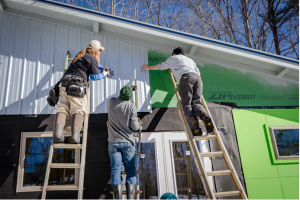 You may require the services of an architect, contractor, designer, decorator, or more depending on your project. It is advisable to assemble the team in advance to facilitate teamwork. Talking to the whole team minimizes the risks of running short of the budget in the middle of the project due to underestimating the total budget that each aspect will spend.
You may require the services of an architect, contractor, designer, decorator, or more depending on your project. It is advisable to assemble the team in advance to facilitate teamwork. Talking to the whole team minimizes the risks of running short of the budget in the middle of the project due to underestimating the total budget that each aspect will spend.
 Material Used
Material Used Although bedside tables are generally smaller than regular tables, you must know the exact measurement that you will satisfy your need. Will it be a little wider? Or are you the person who needs to rest his elbow on a table when reading. In this case, you may need a bedside table that is taller than your bead.
Although bedside tables are generally smaller than regular tables, you must know the exact measurement that you will satisfy your need. Will it be a little wider? Or are you the person who needs to rest his elbow on a table when reading. In this case, you may need a bedside table that is taller than your bead. Usually, smaller units are around 2 liters and the medium ones around 3 liters. A large unit offers a capacity of up to 5 liters. If you are planning to roast a full chicken, you should go for larger units. On the other hand, if you have a family of fewer than five people, you should go for an air fryer with a capacity of about 2 liters. On the other hand, if you have a family of more than five people, you should go for a fryer with a capacity of up to 6 liters.
Usually, smaller units are around 2 liters and the medium ones around 3 liters. A large unit offers a capacity of up to 5 liters. If you are planning to roast a full chicken, you should go for larger units. On the other hand, if you have a family of fewer than five people, you should go for an air fryer with a capacity of about 2 liters. On the other hand, if you have a family of more than five people, you should go for a fryer with a capacity of up to 6 liters.



 All kitchen appliances you own have a role to play. While some are used often, others are seldom used. Nevertheless, each one of these items has a role to play. Meat grinders, for instance, are among the most important kitchen appliances. These tools allow you to grind your meat at home. With a meat grinder, you do not have to buy ground meat to prepare burgers or sausages. That said, here are some top reasons why a meat grinder is a worthwhile investment.
All kitchen appliances you own have a role to play. While some are used often, others are seldom used. Nevertheless, each one of these items has a role to play. Meat grinders, for instance, are among the most important kitchen appliances. These tools allow you to grind your meat at home. With a meat grinder, you do not have to buy ground meat to prepare burgers or sausages. That said, here are some top reasons why a meat grinder is a worthwhile investment.
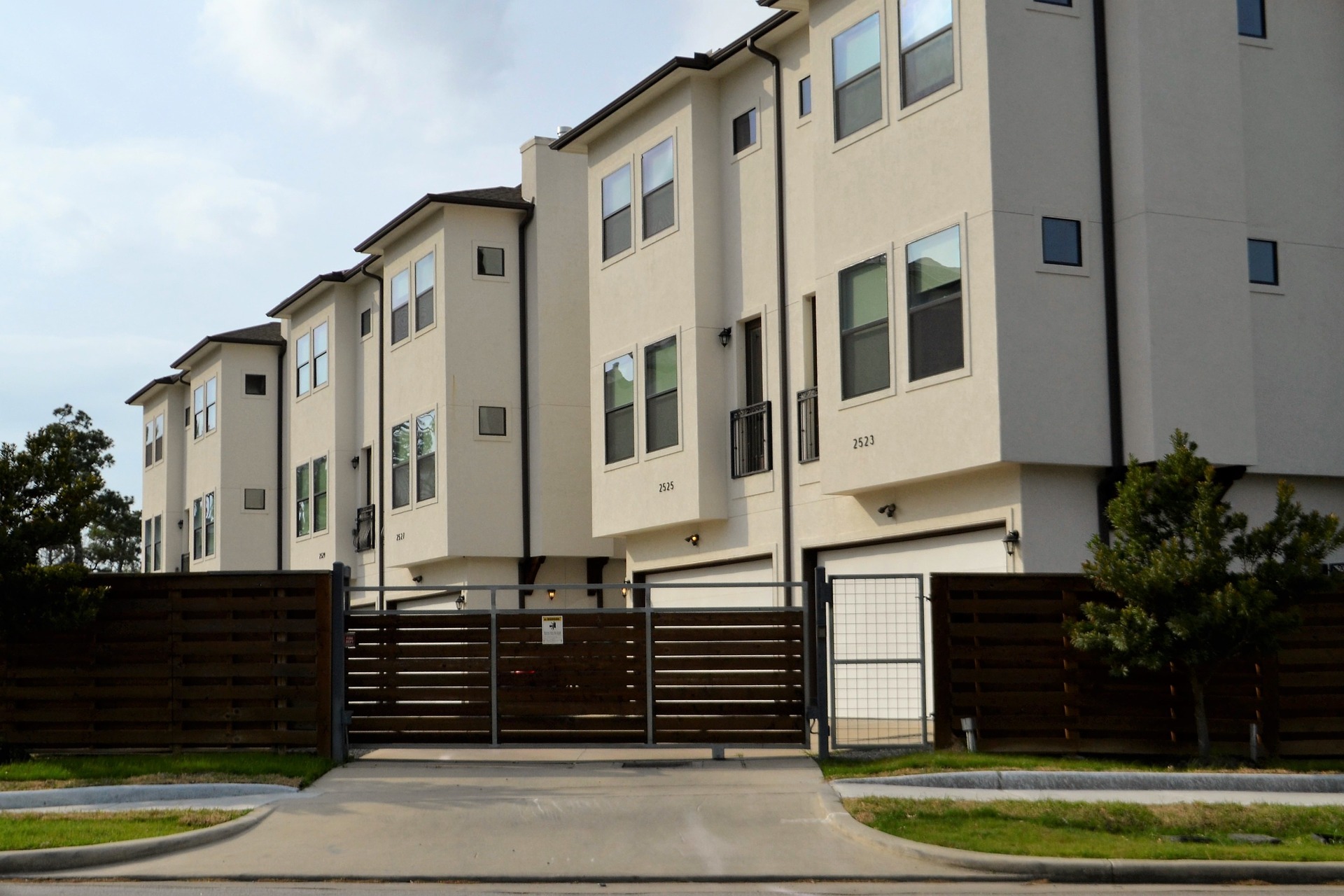
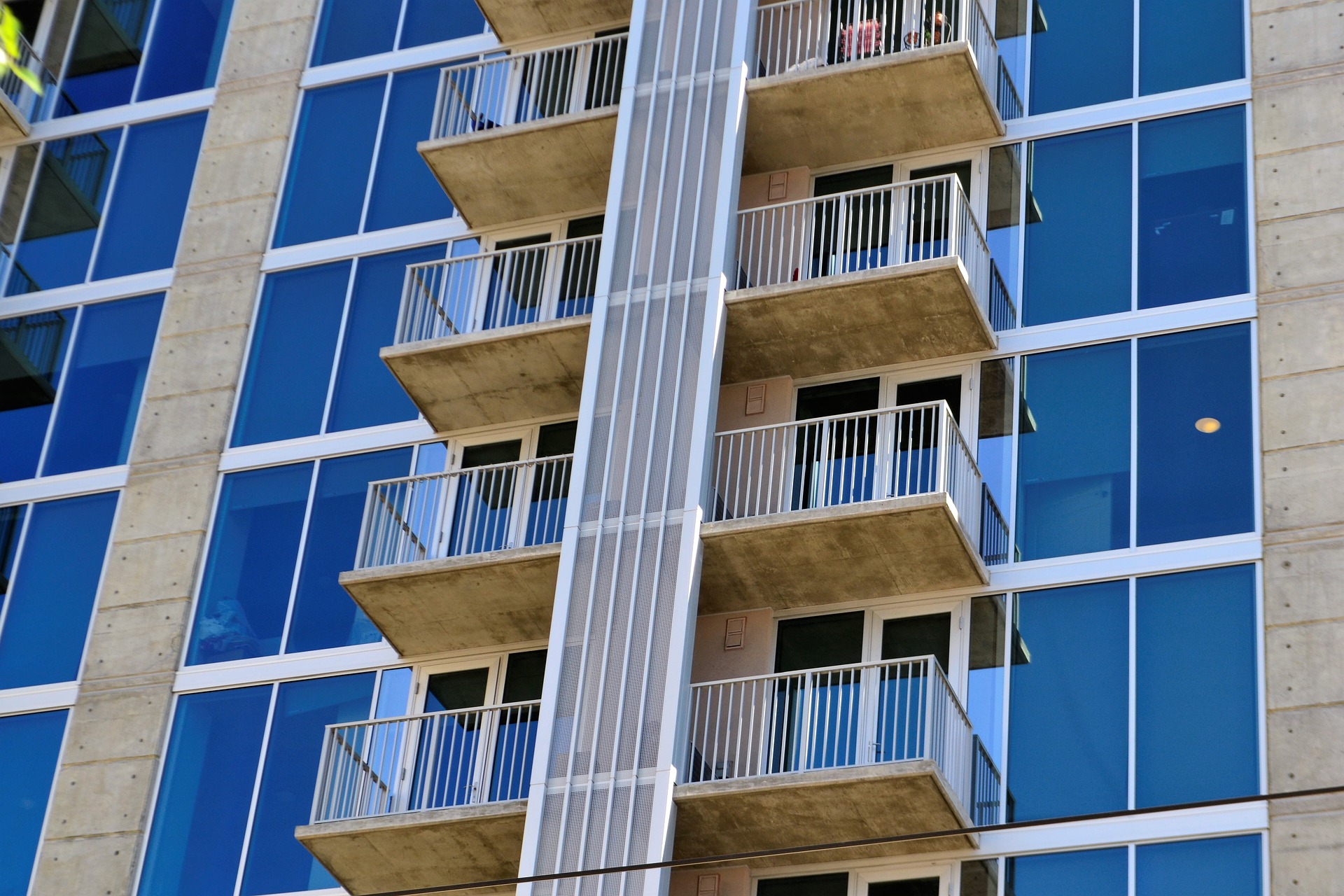 It is always essential to know the reputation of the builder of an apartment before moving in. This is to ensure your safety and that of your family. The collapse of buildings during earthquakes and other calamities did not only result in the loss of lives but also of properties. Developers should always build structures that can withstand earthquakes and any catastrophe. Of course, you will not want to live in an apartment that was built by a developer whose projects always give way during earthquakes.
It is always essential to know the reputation of the builder of an apartment before moving in. This is to ensure your safety and that of your family. The collapse of buildings during earthquakes and other calamities did not only result in the loss of lives but also of properties. Developers should always build structures that can withstand earthquakes and any catastrophe. Of course, you will not want to live in an apartment that was built by a developer whose projects always give way during earthquakes.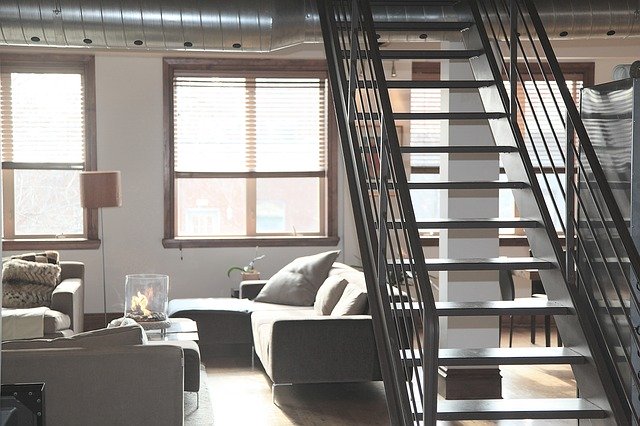 One thing to check before you buy an apartment is the homeowners’ association rules and regulations. It helps if you go over it without missing something important. If you think that you can abide by the rules, then you can go on with the purchase. But if you believe that there are many provisions that you find difficult to follow, then you have to get ready with your money for fines if you wish to pursue the purchase. So better still, if you look for another apartment where you can be comfortable with your lifestyle.…
One thing to check before you buy an apartment is the homeowners’ association rules and regulations. It helps if you go over it without missing something important. If you think that you can abide by the rules, then you can go on with the purchase. But if you believe that there are many provisions that you find difficult to follow, then you have to get ready with your money for fines if you wish to pursue the purchase. So better still, if you look for another apartment where you can be comfortable with your lifestyle.…
 First off, what type of finish do you want for your kitchen cabinets? This right here is another challenging question because there are tons of options when talking about cabinet paint and stain colors. If you want to ensure beauty that will last for many years, the painted ones would be your best bet. But if you like to preserve the natural looks of the wood, then go for the stained cabinets.
First off, what type of finish do you want for your kitchen cabinets? This right here is another challenging question because there are tons of options when talking about cabinet paint and stain colors. If you want to ensure beauty that will last for many years, the painted ones would be your best bet. But if you like to preserve the natural looks of the wood, then go for the stained cabinets.
 Skirting boards are also known as baseboards or kickboards and are a common feature in many homes. They are usually made of wood, MDF, or PVC boards, which run along the base of the walls. Depending on the type and material used, skirting boards can be glued, nailed, or screwed into the walls. Some of the benefits of using skirting boards for home-building projects are highlighted below.
Skirting boards are also known as baseboards or kickboards and are a common feature in many homes. They are usually made of wood, MDF, or PVC boards, which run along the base of the walls. Depending on the type and material used, skirting boards can be glued, nailed, or screwed into the walls. Some of the benefits of using skirting boards for home-building projects are highlighted below.


 The first thing to check when buying a chest of drawers is the material. Most of them are made using wood, but it depends on the type of wood that is used. A good quality chest of drawers should be made using the high-quality word.
The first thing to check when buying a chest of drawers is the material. Most of them are made using wood, but it depends on the type of wood that is used. A good quality chest of drawers should be made using the high-quality word.

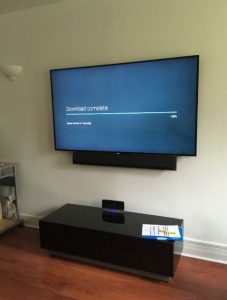
 viewing experience. Most mounts are adjustable, and you can try watching your TV from different angles. You can also install it at various spots you find suitable in your home where a TV stand cannot fit. How about you try it for the best viewing experience.…
viewing experience. Most mounts are adjustable, and you can try watching your TV from different angles. You can also install it at various spots you find suitable in your home where a TV stand cannot fit. How about you try it for the best viewing experience.…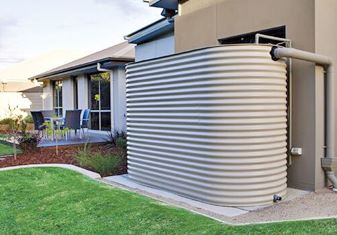
 You also don’t have to worry about running short of water for domestic use. Storage tanks are the best to purchase. You will come across plastic and metallic types. Tanks also come in different sizes. Make sure you get the right type for your home so that you may have enough water for different uses. Here are some of the things that will guide you in choosing a proper storage solution for your home.
You also don’t have to worry about running short of water for domestic use. Storage tanks are the best to purchase. You will come across plastic and metallic types. Tanks also come in different sizes. Make sure you get the right type for your home so that you may have enough water for different uses. Here are some of the things that will guide you in choosing a proper storage solution for your home. purchasing a storage tank that is of the right type. A bigger home will require a bigger storage solution because of the number of people who are dependent on it. You should look closely at the number of people in your household and also the size to get the right water storage solution.…
purchasing a storage tank that is of the right type. A bigger home will require a bigger storage solution because of the number of people who are dependent on it. You should look closely at the number of people in your household and also the size to get the right water storage solution.…







